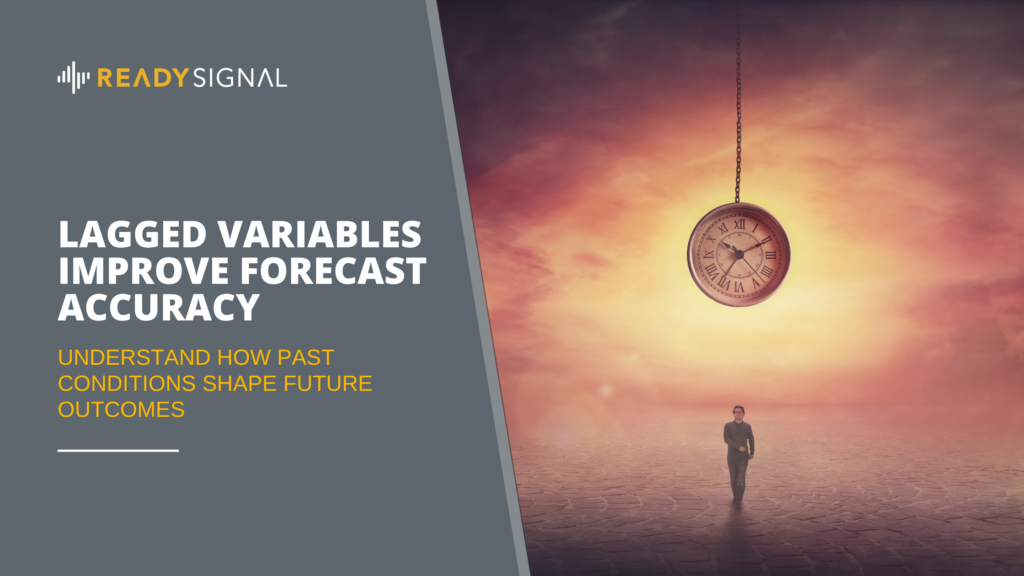
In modeling, predicting future trends often requires looking back. Lagged variables—past values of key indicators—are essential tools that allow economists to account for the delayed effects of economic changes. Understanding how past conditions shape future outcomes allows for the development of more accurate and insightful models. Lagged variables serve as effective leading indicators, signaling future trends by reflecting the economy’s response to prior conditions. By leveraging lagged variables as proxies for real-time shifts, it becomes possible to anticipate turning points in the economy before they fully unfold, thereby enhancing the precision of forecasts. The following sections delve into the significance of lagged variables and their critical role in effective economic analysis.
Consumption Smoothing
The Permanent Income Hypothesis, introduced by Milton Friedman1, suggests that individuals base their consumption on long-term average (permanent) income rather than their current income. In this view, short-term income fluctuations (temporary shocks) have less impact on spending since individuals smooth their consumption based on expected future income. However, consumption smoothing is rarely perfect. Factors such as credit constraints or uncertainty can prevent households from fully stabilizing their consumption, introducing cyclical patterns in consumer demand.
Lagged variables play a crucial role in capturing these consumption-smoothing dynamics. They help explain how past income, spending behavior, and expectations shape current consumption decisions. Households often take time to adjust their consumption patterns in response to economic changes. For instance, following a drop in income, individuals may initially maintain their consumption by drawing on savings or credit before gradually reducing spending. By using lagged variables, economists can better model and anticipate these gradual adjustment processes.
Smoothing Volatility
Macroeconomic indicators often show significant volatility in the short term, but their underlying trends become clearer when observed over longer periods. Lagged variables help smooth out these short-term fluctuations, allowing models to focus on the broader trends that drive economic activity. This approach makes models more resilient to sudden, temporary shocks, providing a more reliable picture of long-term economic behavior.
Predictive Power
Macroeconomic indicators tend to follow identifiable trends and cycles over time. By incorporating lagged values into models, economists can capture persistent patterns and cyclical behaviors.
Time-Lagged Relationships
The effects of changes in economic variables rarely occur instantaneously. For instance, shifts in interest rates or unemployment typically take time to influence inflation or GDP. Lagged variables allow models to account for these delayed impacts, enhancing their ability to reflect the true temporal dynamics of the economy. By incorporating past values into the analysis, economists can better understand the gradual unfolding of cause-and-effect relationships across different time periods.
Ready Signal
Lagged variables are powerful tools in predictive modeling, but it’s not always intuitive which lags of which variables are most relevant. While it may seem tempting to include all possible lags, doing so can distort the model’s outcomes. Ready Signal’s machine learning technology identifies the best variables and the most appropriate lags for specific outcomes, making models more efficient and precise. Contact Ready Signal to learn more about how to enhance predictive modeling through intelligent lag selection.
Please reach out to us if you have any questions about how paying particular attention to lagged variables in your data practice.
Not sure where to start? Our AI Recommendation Engine can help you test your time-series data against every feature in our catalog.
